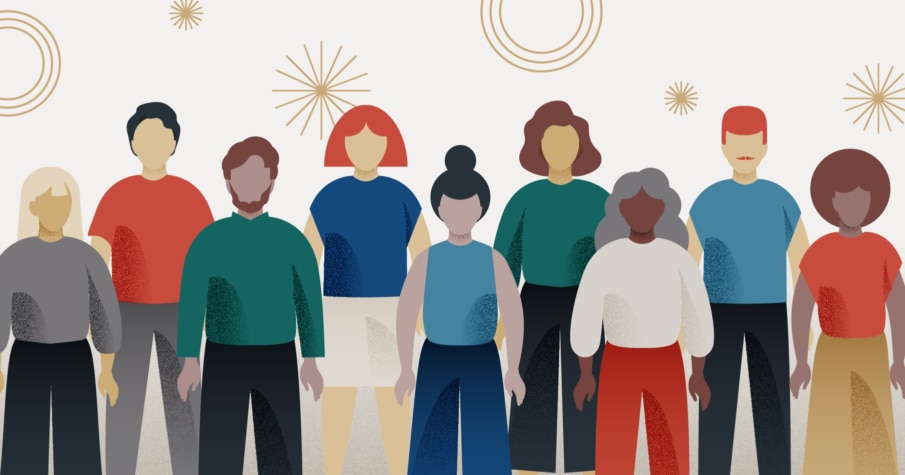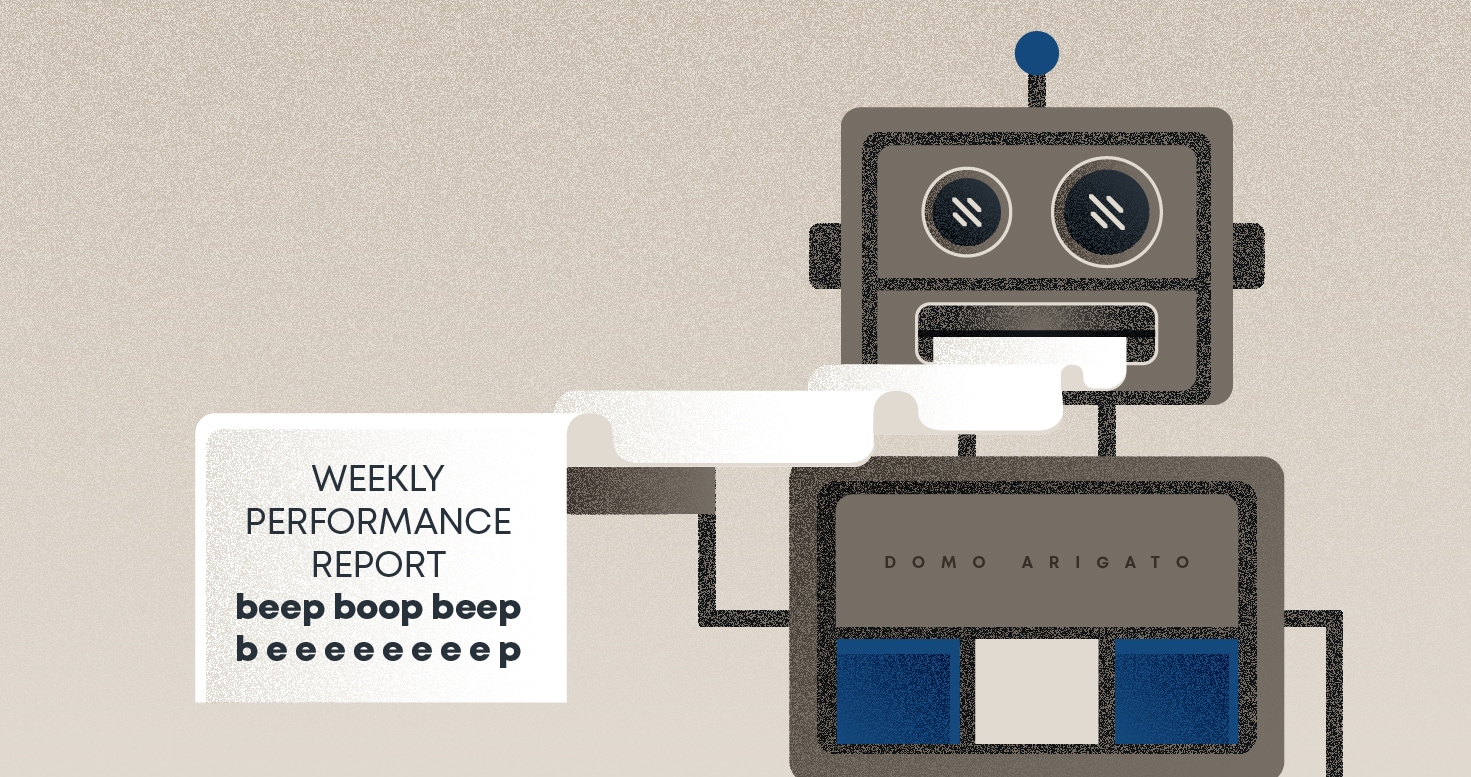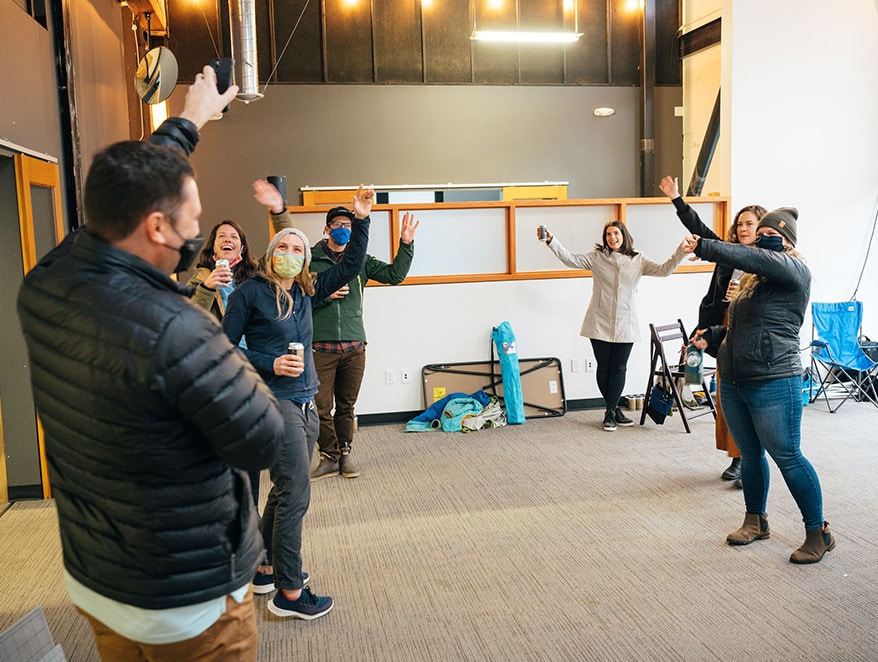
Culture in Mergers & Acquisitions
When it comes to Mergers and Acquisitions, one major contributor to the valuation process often gets overlooked: company culture.

I once worked at a hotel, where I asked this question several times an hour. Is this trip for you, personally, as a full human being? Are you allowed to enjoy yourself? Or are you here on business, meaning you’re only here as a partial human being, showing up as one facet of your total self but ultimately representing your employer?
I didn’t think twice about it at that point, but then again, this type of binary language extended beyond travel. We use phrases like “work / life balance” as if they’re opposing forces — as if life is what happens when you’re not at work. Pleasure is what happens when you’re not doing business. “It’s not personal, it’s business” …but what is a business, if not a bunch of persons?
This false dichotomy represents more than just semantics. It’s emblematic of a fundamental breakdown of how we’ve been thinking about work all wrong — a breakdown which, we’d argue, is at least partly to blame for the current workforce challenges facing so many small businesses.
I’m going to say that again, because it’s the kind of thing we think we know but constantly need reminding of: You may have a cool product or expensive equipment or an office building or valuable IP, but at the end of the day, your organization is a collection of people.
Everyone in your company is a complex, individual human being — and their contribution to your business is just one tiny sliver of who they are. They are also parents and students and basketball players and Star Wars fans. They put hot sauce on their oysters. They’re trying to stop cracking their knuckles. They’re trying to improve their relationship with their in-laws. They are cranky in the mornings. They are chipper in the mornings. They are especially creative in the mornings.

So why is business built around the assumption that workers leave those parts of their identity at the door? Or that any two workers are the same, even if they have the same title and experience? Most importantly, that they exist to serve the company (and not the other way around)?
The term “human-centered” has been around since the 1950s, when a Stanford professor proposed it as a philosophy for design engineering (a radical concept in the era of Sputnik and the early Cold War). He went on to establish one of the first inter-departmental graduate programs in the US — bringing together the Mechanical Engineering Department and the Art Department.
Human-centered design has since evolved to refer to a creative problem-solving approach where the human perspective is considered throughout the process.
What does this have to do with business? Put simply, a human-centered business is designed around the needs of its humans.
Take a typical employee experience: They are assigned a job title, a job description, and are placed on an org chart. They’re given a handbook that outlines policies and procedures they must follow. They clock in and out. They report to someone. Their performance is measured.
Does it sound a little… robotic? That’s because most current business operations were developed during the Industrial Revolution — when employees were asked to perform simple, repeatable tasks. A system of processes and hierarchies is set up to try to maximize output — much like the machines they worked with. but enter humans into the equation, and the system doesn’t work well. It becomes exhausting to manage, employees disengage, and the relationship between the company and the team feels antagonistic.

As we’ve already established, your team is not a machine. Your team is made up of humans. Complex, dimensional, curious, innovative, thoughtful, creative humans — each with a unique set of strengths, dreams, and interests. And that isn’t some unfortunate side effect of business, it’s precisely what makes work meaningful. And meaningful work leads to more engaged employees, who thrive and contribute to the well-being of the company in ways that transcend a job description.

We believe that humans are innately motivated to contribute and find meaning in their work. What would it look like to have a business that was designed with that mindset? What would it look like to center your business around your humans? What if you reimagined every part of your company to answer the question, “Does this enable people to be their best, to thrive and contribute in meaningful ways?”


This may mean different things to different people and different organizations — healthier, more fulfilling, more delightful, safer, more sustainable, etc. And of course, answering the question is a constant endeavor — a utopian ideal that you must continually strive to meet.
But even just asking the question can open a world of possibilities, and invite approaches you may not have considered before.
These suggestions may ring true for your business, and they may not. But becoming more human-centered isn’t about a prescriptive approach. In fact, it’s the opposite. It’s recognizing the complex, dynamic nature of the humans on your team and the unique conditions that enable them to thrive — not just at work, but in life.
So, how about it: How are you creating a better human experience?
Want to learn how to incorporate more human centricity in your business? Looking for examples of other companies doing this well? Join our annual Catalyst Summit, where we’ll dive deeper into these questions with other purpose-driven leaders.
Get insights like this straight to your inbox.